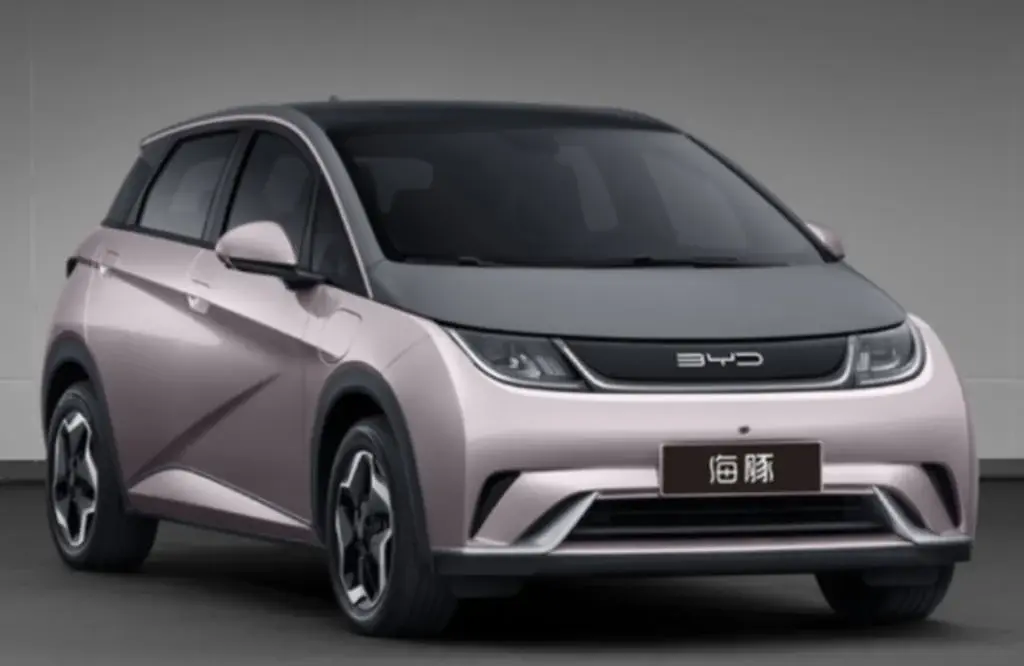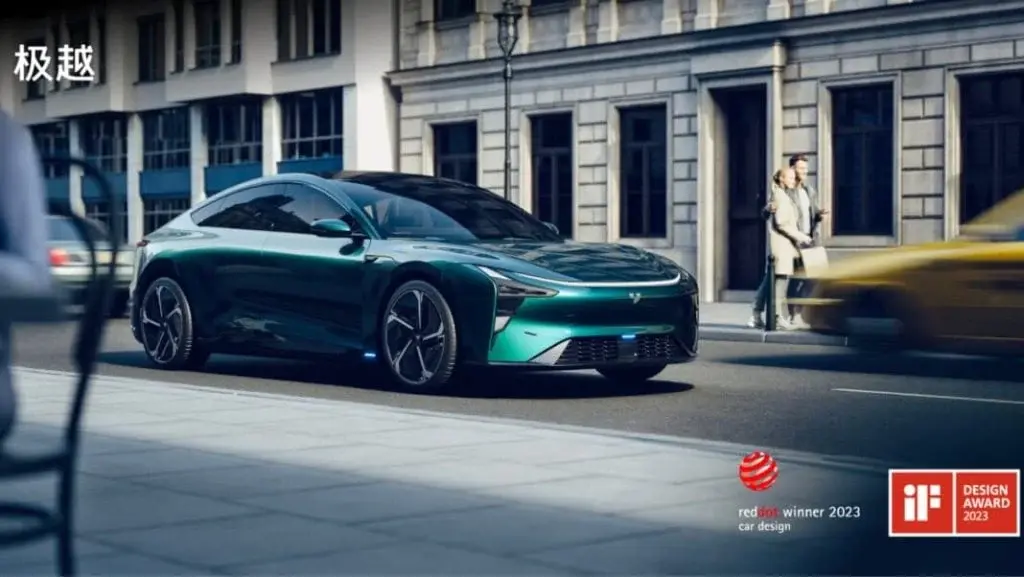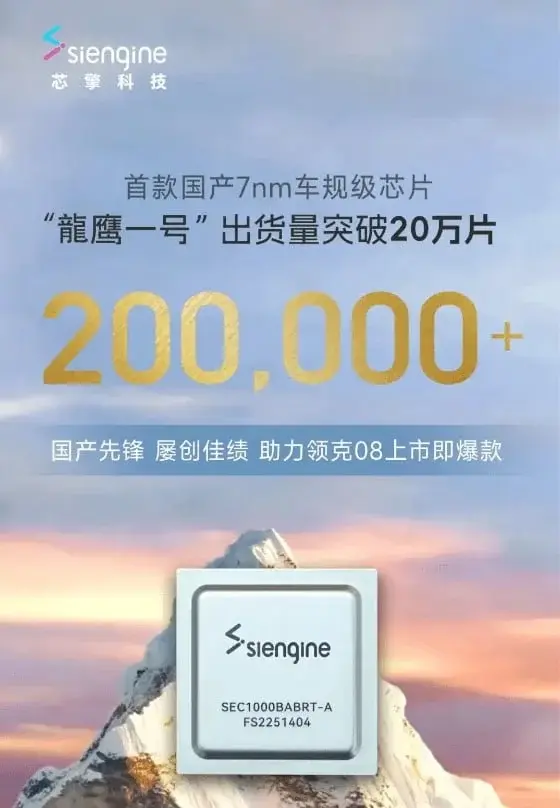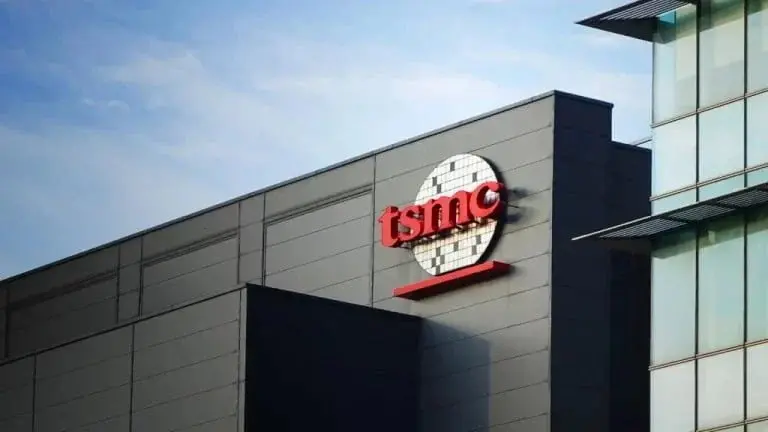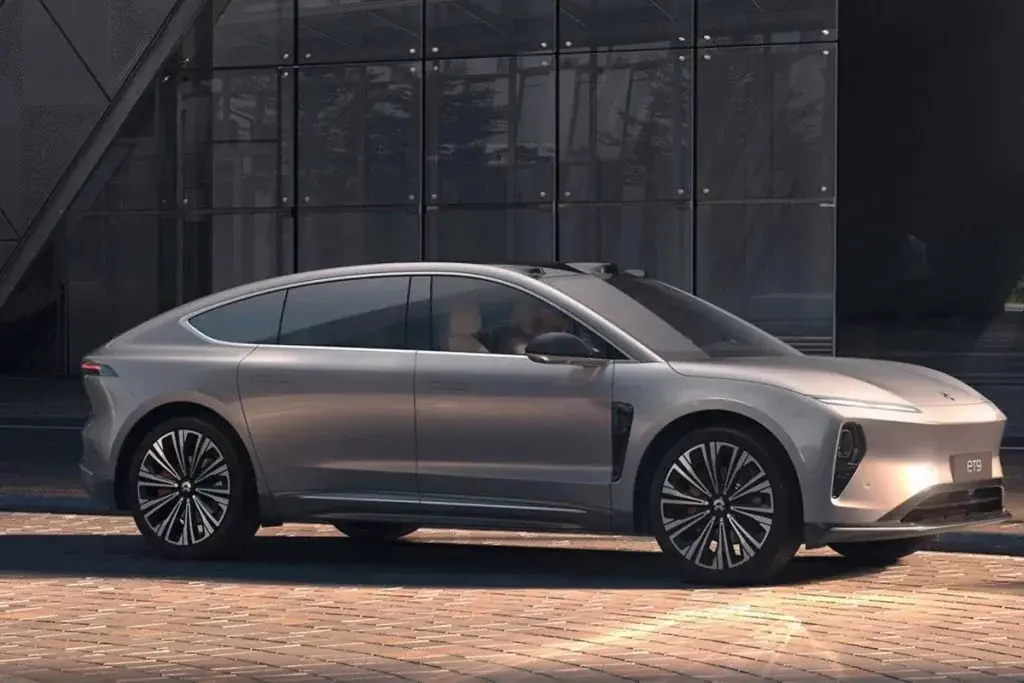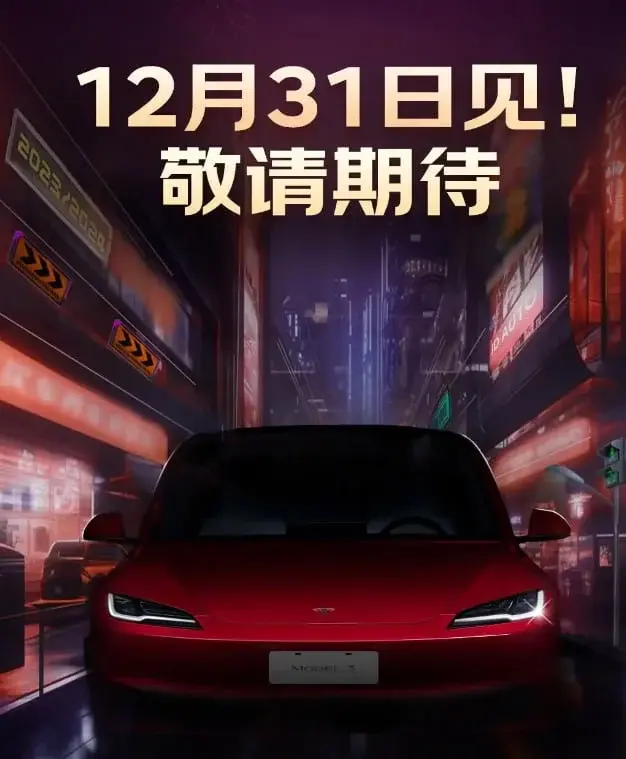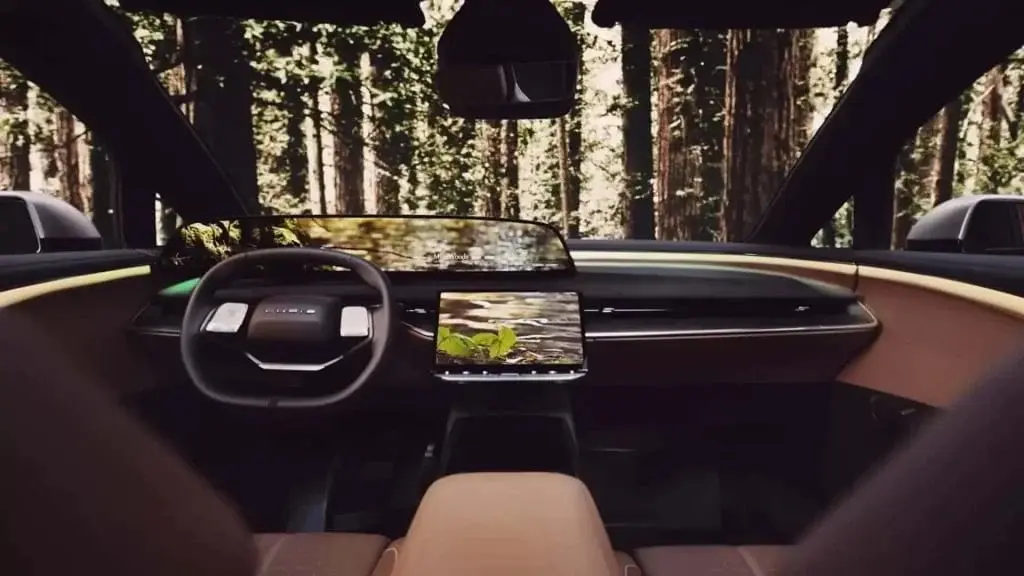Xiaomi has finally revealed its highly anticipated electric car, the SU7, during a recent event. Positioned as a "C-class high-performance ecological technology sedan," the SU7 showcases a sleek design, impressive performance, and cutting-edge technology.
Building a Car for the Future
During the launch event, Xiaomi's founder Lei Jun emphasized the company's goal of creating a car that will withstand the test of time. They envision the SU7 as a vehicle that will look good not just today, but even ten or fifty years from now.
To achieve this vision, Xiaomi has assembled a top-notch design team consisting of industry experts from Mercedes-Benz and BMW. Additionally, renowned car designer Chris Bangle has been brought in as a consultant to add finesse to the SU7.
Sleek and Futuristic Design
Xiaomi's first electric vehicle (EV), the SU7, boasts a stunning design. It features a carefully crafted silhouette with a long wheelbase of 3000mm and short overhangs, reminiscent of a sporty coupe. The water drop-shaped headlights and halo-shaped taillights add a touch of futuristic flair.
The SU7's sleek exterior includes clever design choices like semi-hidden door handles and a stylish, pebble-shaped rearview mirror. Xiaomi claims that the car is incredibly aerodynamic, with a drag coefficient of only 0.195 Cd, making it the lowest among production vehicles.
In terms of dimensions, the SU7 stretches an impressive 4997mm long, 1440mm high, and 1963mm wide. Lei Jun compared its spaciousness to that of a BMW 5 Series, highlighting that it is a full-size class car that sits above the popular Tesla Model 3. The car also offers ample storage space, with a 105-liter frunk and a boot space of 517 liters.
The SU7 comes in two variants: the regular version and the Max version. The Max version features a dual-motor all-wheel-drive system that delivers a staggering 673 horsepower and an impressive 0-100 km/h acceleration time of just 2.78 seconds. The regular version, while still powerful, offers a single-motor rear-wheel drive setup with a 0-100 km/h time of 5.28 seconds.
The Max version shines in terms of range, offering an 800km CLTC range, thanks to its 101kWh CATL Kirin battery. The car also supports super-fast charging, with the ability to gain 220km of range in just 5 minutes and 510km in 15 minutes.
Inside the SU7, you'll find a spacious and luxurious cabin with a panoramic view, thanks to the expansive 5.35㎡ glass area. The car is equipped with a 16.1-inch touchscreen, a 56-inch HUD, and a 7.1-inch instrument cluster to keep you informed and entertained. Additionally, the 25-speaker sound system with Dolby Atmos ensures an immersive audio experience.
Safety is also a priority for Xiaomi. The SU7 features an armored cage-type steel-aluminum hybrid body, 7 airbags, and a quadruple braking safety mechanism. The car has achieved 5-star safety ratings and comes with a comprehensive suite of active safety features, including automatic emergency braking.
Integration of Technology and Ecology
Xiaomi emphasizes the integration of technology and ecology in the SU7. The car is equipped with the latest Xiaomi HyperOS system, powered by the Qualcomm Snapdragon 8295 chip. This allows for seamless software connectivity features, such as mirroring your phone or tablet.
The SU7 is also compatible with Xiaomi Home IoT devices. Users can connect and control various smart home gadgets, such as cameras and robot vacuum cleaners, directly from the car. While Xiaomi gadgets work best with the SU7, Lei Jun assures that even Apple product users will have a great experience with Xiaomi cars.
Another exciting feature of the SU7 is its self-driving mode called Xiaomi Pilot. Powered by two Nvidia Orin-X chips, the car is equipped with 1 lidar, 3 radars, 11 HD cameras, and 12 ultrasonic sensors, providing a safe and reliable self-driving experience for highway driving, self-parking, and car summoning features.
Availability and Pricing
The Xiaomi SU7 is still undergoing testing and is set to officially launch in the first half of 2024. Pricing details have not yet been revealed.
During the launch, Lei Jun expressed ambitious goals for Xiaomi's automotive venture, aiming to establish the company among the top five car manufacturers within the next 15-20 years. With the impressive features and technology showcased in the SU7, Xiaomi is certainly making a strong entry into the electric car market.



